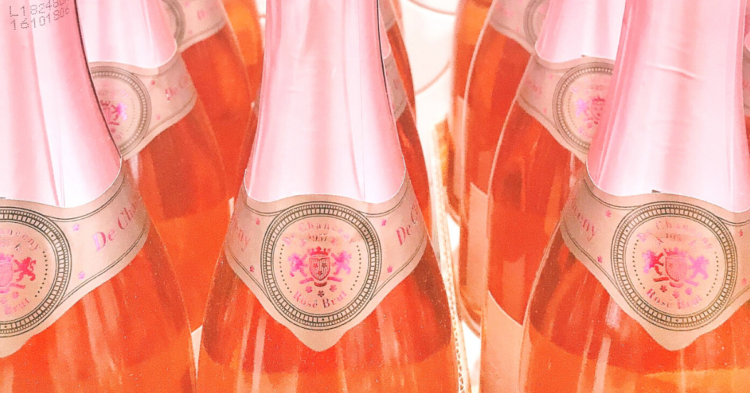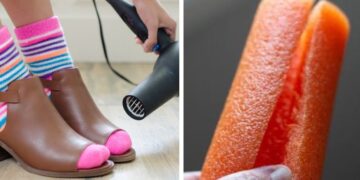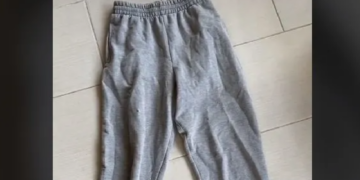You may have clicked into this article wondering, “But hasn’t prosecco rosé always been a thing?” The short answer is no. While you may have seen pink bottles of bubbly in the sparkling wine and Champagne categories, prosecco rosé has never existed, at least officially.
All of that is changing, however, because the Prosecco DOC Consortium just made prosecco rosé offish.
Love rosé and prosecco? Now you’ll be able to experience both iconic fermented grape drinks at once.

According to a number of media outlets like Wine Industry Advisor , the very esteemed Prosecco (controlled designation of origin) DOC Consortium in Italy is officially making prosecco rosé a thing. Wow, how can we get a job there?
So, what does this mean? Why did it not exist before?
There are very strict rules when it comes to labeling bubbly drinks like Champagne, and prosecco is made specifically from Glera grape varieties in Northern Italy.

According to the new rules by the Prosecco DOC Constorium surrounding prosecco rosé labeling specifically, the pink sparkling wine will have to include :
Glera grapes and 10% to 15% Pinot Nero (Pinot Noir).
18 tons/hectare for Glera and 13.5 tons/hectare for Pinot Nero.
Use the Martinotti/Charmat Method for a minimum of 60 days .
Color must be pink (whether more or less intense), shining, and with a persistent foam.
Be either Brut Nature to Extra Dry.
The label will have to state the word “Millesimato” and the vintage, with a minimum of 85% of the grapes harvested from that year alone.
Woof—that’s a mouthful!
If you were hoping to enjoy a glass of pink prosecco to ring in the new year, you’ll have to wait a bit longer.

Sales won’t be allowed until January 1st, which is after the initial harvest.
This new beverage is anticipated to be quite popular, so you’ll be lucky to get your hands on a bottle.
The Prosecco DOC Consortium is estimating around 30 million bottles to be produced every year, so cross your fingers there’s enough to go around on this side of the pond.
Hey, we’ll take more reasons to rosé all day!

















































